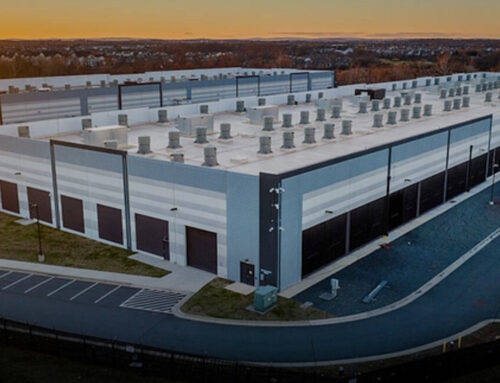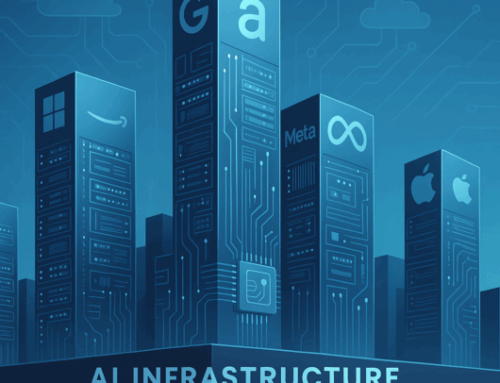Why natural gas has a big role in Morocco’s solar push
June 17, 2025
Located at the edges of both the Sahara Desert and continental Europe, Morocco occupies a prime position in the world of renewable energy.
The country has plentiful space to build new wind and solar plants, and solar panels in North Africa can generate up to three times more energy than in Europe.
Exemplified by its hosting of the COP22 United Nations climate change summit in 2016, Morocco has big ambitions for developing these renewable resources, both for domestic use and for export to Europe. Yet it still relies on fossil fuel imports for more than 90% of its energy supply.
The International Energy Agency (IEA) says “opportunities abound” for Morocco to reduce imports through developing domestic energy resources. As the country looks to balance its clean energy and climate commitments with energy security and growing the economy, it is developing major projects using a variety of key energy transition technologies.

Renewables mega-projects
The enormous Noor-Ouarzazate solar power complex — a concentrated solar power facility so big it is visible from space — is a testament to Morocco’s vision for renewables.
Benefitting from about 330 days of sunshine each year, the facility’s installed capacity reaches 580 megawatts (MW), enough to power 1 million homes in the country. By 2030, Morocco aims to increase renewable energies to a 52% share of its total installed electricity capacity — from about 45% today — and sites like Noor will be crucial to this goal.
It also wants facilities like these to power homes elsewhere. Morocco already has the only subsea electricity cables between North Africa and Europe, with two connections to Spain. And there are other such projects in the pipeline, including the planned Xlinks Morocco-UK Power Project, which from the early 2030s will supply millions of British homes with renewable energy via a 4,000km cable under the sea.
Amid this renewables push, there is another landmark project being built. The Al Wahda Power Plant in the north of the country will support renewables integration, using natural gas to ensure reliable power generation and grid stability across Morocco.
Ensuring reliable, stable power
Expected to begin operation in 2027, Al Wahda is a peaker power plant containing two gas turbines that will generate a combined 990MW, representing nearly 7% of Morocco’s national grid capacity. It is designed to operate with maximum availability and provide continuous power output to meet the country’s growing energy demands.
The gas turbines at the heart of the plant will be supplied by Mitsubishi Power, a power solutions brand of Mitsubishi Heavy Industries (MHI). They can handle rapid load variations and frequent start-ups and shutdowns, and the plant will be a “vital step” toward Morocco bringing more intermittent renewable sources such as wind and solar into its energy mix, according to its owner and operator, the National Office of Electricity and Drinking Water.
The M701JAC turbines are also capable of co-firing hydrogen with natural gas, offering further flexibility as Morocco continues to decarbonize.
Accelerating the energy systems of the future
Hydrogen represents another significant aspect of Morocco’s energy ambitions. Its National Hydrogen Strategy is focused around the production and export of green hydrogen, green ammonia and synthetic fuels, as well as using hydrogen to store renewable energy and as a fuel in the transport sector.
The country has recently approved green hydrogen projects to produce ammonia, steel and industrial fuel collectively worth $32.5 billion. It will work with partners from the US, Europe and the MENA region to deliver these projects.
By helping to integrate renewables into the energy system, the Al Wahda plant will support Morocco’s broader efforts to become a key player in the hydrogen economy in Europe, the Middle East and North Africa.
It is also an example of how collaboration is central to Morocco’s energy strategy and ensuring its abundance of wind and solar power delivers stable and sustainable energy — at home and abroad.
Search
RECENT PRESS RELEASES
Related Post



